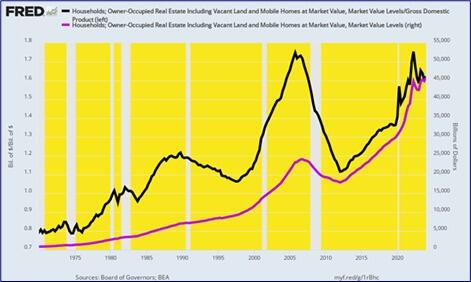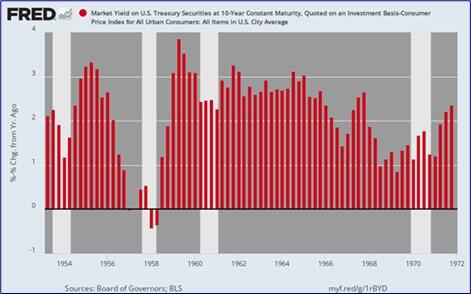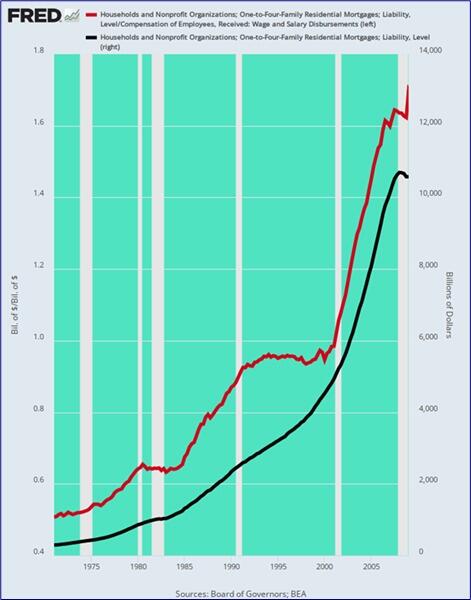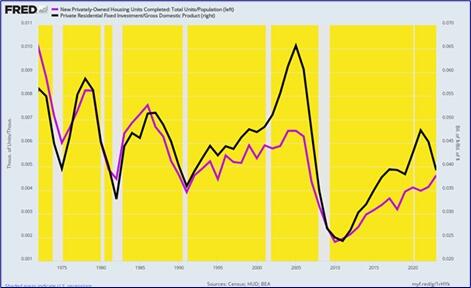The US Food and Drug Administration's (FDA) decision not to approve midomafetamine-assisted therapy (MDMA-AT) for posttraumatic stress disorder (PTSD) puts the therapy's near-term future in doubt, but officials say the rejection may not knock it out of contention as an eventual therapeutic tool for a variety of conditions.
As reported by Medscape Medical News, earlier this month the agency declined to approve the drug with currently available study data and requested that the company conduct an additional phase 3 trial. The agency's action had potentially devastating consequences for MDMA-AT's sponsor, Lykos Therapeutics, and was a huge disappointment for researchers, clinicians, and patients who were optimistic that it would be a new option for a condition that affects 13-17 million Americans.
For now, no other company is poised to imminently seek FDA approval for MDMA.
Despite the setback, research into MDMA that combines different psychotherapeutic approaches continues. Currently, there are seven US studies actively recruiting participants, and another 13 are registered with an eye toward starting recruitment, as reported on ClinicalTrials.gov.
The lack of FDA approval "actually increases the opportunity now for us to do trials," said Michael Ostacher, MD, professor of psychiatry and behavioral sciences at Stanford Medicine in Stanford, California. Researchers won't have to be sponsored by Lykos to get access to MDMA, he said.
"There's a lot of energy and interest in doing these studies," he told Medscape Medical News, adding that philanthropic organizations and the Veterans Administration (VA) are contributing funds to support such studies.
The VA provided a statement to Medscape Medical News saying that it "intends to gather rigorous scientific evidence on the potential efficacy and safety of psychedelic compounds when used in conjunction with psychotherapy." It also noted that "these studies will be conducted under stringent safety protocols and will mark the first time since the 1960's that VA is funding research on such compounds."
Rachel Yehuda, PhD, director of the Center for Psychedelic Therapy Research at Icahn School of Medicine at Mount Sinai in New York City, told Medscape Medical News that the FDA rejection "raises questions about how to keep the work going."
Without the FDA's imprimatur, MDMA remains a schedule 1 drug, which means it has no valid medical use.
"It's a lot more complicated and expensive to work with a scheduled compound than to work with a compound that has been approved," Yehuda said.
Also, without Lykos or another drug company sponsor, investigators have to find an acceptable MDMA source on their own, said Yehuda, who was an investigator on a study in which Lykos provided MDMA and funding but was not involved in study design, data collection, analysis, or manuscript preparation.
Lykos in Disarray
Within a week of the FDA's decision, Lykos announced it was cutting its staff by 75% and that Rick Doblin, PhD, the founder and president of the Multidisciplinary Association for Psychedelic Studies (MAPS) that gave rise to Lykos, had resigned from the Lykos board.
A frequently controversial figure, Doblin has been attempting to legitimize MDMA as a therapy since the mid-1980s. He formed a public benefit corporation (PBC) in 2014 with an eye toward FDA approval. The PBC fully separated from MAPS in 2024 and became Lykos.
Although the FDA has left the door open to approval, Lykos has not released the agency's complete response letter, so it's not clear exactly what the FDA is seeking. In a statement, the company said it believes the issues "can be addressed with existing data, post-approval requirements, or through reference to the scientific literature."
Lykos told Medscape Medical News in an email that it is working on "securing the meeting with the FDA" and that it "will work with the agency to determine what needs to be done to fulfill their requests."
Soon after the FDA decision, Lykos was hit with another blow. The journal Psychopharmacology retracted an article that pooled six Lykos phase 2 studies, claiming the paper's authors knew about unethical conduct before submission but did not inform the publisher.
Lykos said the issues could have been addressed through a correction and that it has filed a complaint with the Committee on Publication Ethics. It also noted that the misconduct at issue was reported to the FDA and Health Canada.
"However, we did not disclose the violations to the journal itself, an additional step we should have taken and regret not doing," the company said. It added that the efficacy data in the paper were not part of the FDA submission.
Author Allison A. Feduccia, PhD, cofounder of Psychedelic Support, agreed with the retraction but disagreed with the wording. In a post on LinkedIn, she said she and other authors were not informed about the misconduct until years after the study's submission.
Four authors — including Doblin — disagreed with the retraction.
Doblin said in a statement that he'd resigned from Lykos to escape the restrictions that came with being a fiduciary. "Now I can advocate and speak freely," he said, adding that he could also return to his activist roots.
He predicted that Lykos would eventually gain FDA approval. But if Lykos can't convince the agency, it have the necessary data already in hand; "potential FDA approval is now at least 2 years away, possibly more," Doblin said in his statement.
Research Continues
Lykos is not the only company hoping to commercialize MDMA. Toronto-based Awakn Life Sciences Corp. has an MDMA preclinical development program for addiction. In addition, some companies are offering MDMA therapy through clinics, such as Numinus, in Utah, and Sunstone Therapies, in Rockville, Maryland.
But Lykos was the closest to bringing a product to market. The company is still a sponsor of four MDMA-related clinical trials, three of which appear to be on hold. One study at the VA San Diego Healthcare System, San Diego, that is actively recruiting is an open-label trial to assess MDMA-AT in combination with brief Cognitive-Behavioral Conjoint Therapy for PTSD.
Those studies are among 13 US trials listed in ClinicalTrials.gov that have not yet begun recruiting and seven that are actively recruiting.
Among them is a study of MDMA plus exposure therapy, funded by and conducted at Emory University in Atlanta. One of the Emory principal investigators, Barbara Rothbaum, MD, has also been named to a Lykos' panel that would help ensure oversight of MDMA-AT post-FDA approval.
Ostacher is an investigator in a study planned at VA Palo Alto Health Care System, Palo Alto, California, that will compare MDMA-AT with cognitive processing therapy in veterans with severe PTSD. He said it will be open-label in an effort to minimize expectation bias and issues with blinding — both problems that tripped up the Lykos application. Although placebo-controlled trials are the gold standard, it's not ideal when "the purpose of the drug is for it to change how you see the world and yourself," Ostacher said.
The study aims to see whether MDMA-AT is better than "a much shorter, less onerous, but quite evidence-based psychotherapy for PTSD," he said.
The FDA's decision is not the end of the road, said Ostacher. "Even though I think this makes for an obvious delay, I don't think that it's a permanent one," he said.
Yehuda also said she is not ready to give up.
"We don't plan on stopping — we plan on finding a way," she said.
"In our experience, this is a very powerful approach that helps a lot of people that haven't found help using other approaches, and when it's in the hands of really trusted, experienced, ethical clinicians in a trusted environment, this could be a real game changer for people who have not been able to find belief by traditional methods," she said.
Ostacher reported no relevant financial relationships. Yahuda is the principal investigator on clinical trials for the Center for Psychedelic Psychotherapy and Trauma Research that are sponsored by the Multidisciplinary Association for Psychedelic Studies and COMPASS Pathways.
https://www.medscape.com/viewarticle/fda-rejects-mdma-ptsd-lykos-others-vow-push-2024a1000fvl











